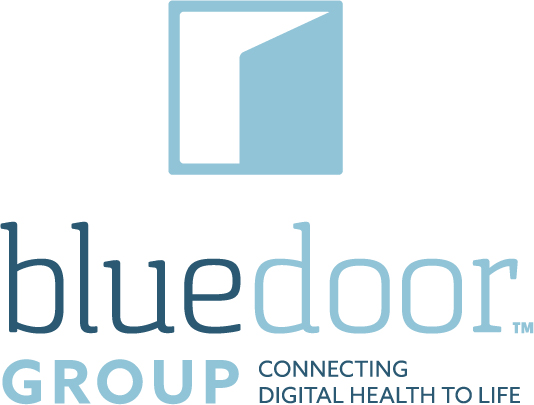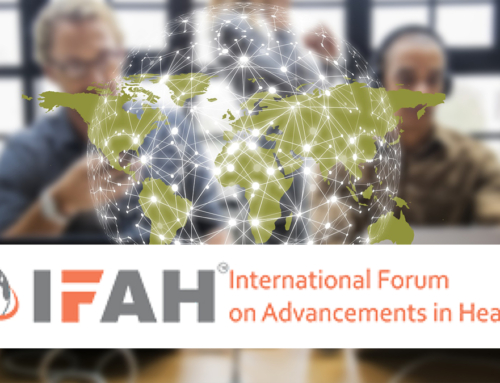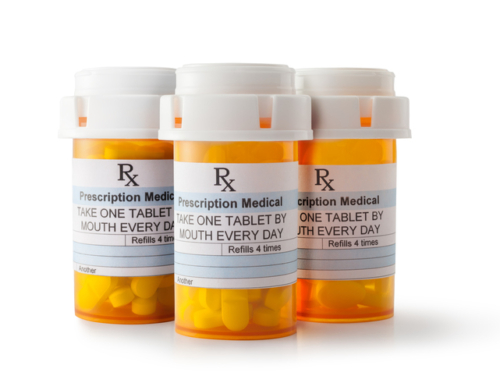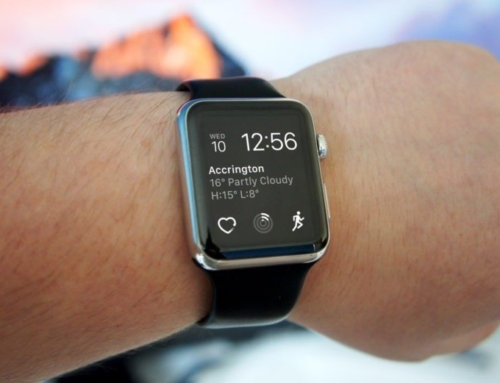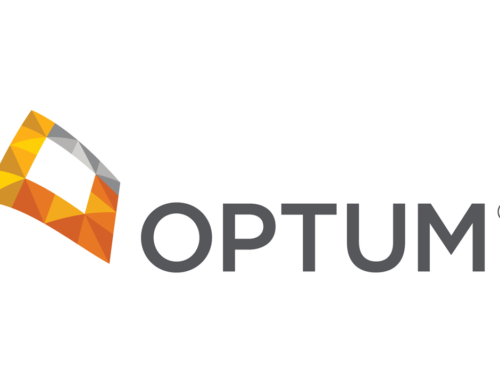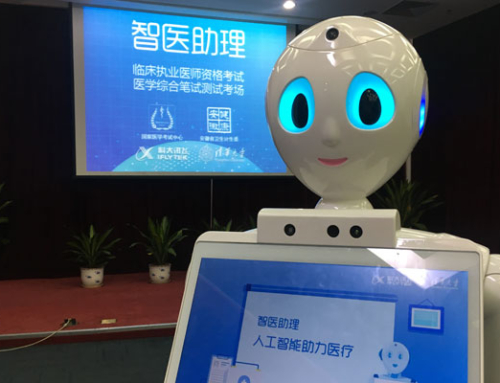The widespread U.S. opioid & overdose crisis is an ever-increasing tragic concern for everyone: writhing victims, family members being fain to see their relatives suffer or die, doctors prescribing opioid pain-killers what they thought before as safe, and regulators imposed to handle a tough situation. Addiction. It’s painful to even read about the skyrocketing numbers of people suffering, thus we decided to map how digital health could help tackle the opioid crisis.
Why is it so difficult to deal with the opioid crisis?
Once you become addicted, it sticks with you for a long time, if not for life, just as a chronic disease. You may overcome the lowest points, where nothing matters anymore, where there is only the vegetating shell of you and the stuff: drug, alcohol, medication, but even if you manage to battle the substance – and yourself, for that matter – the skeletal ruins of addiction will wait in a shadowy corner to take shape again due to a breakdown induced by psychological or environmental factors. In the worst case scenario, addiction eats up lives, families, communities.
It takes enormous willpower coupled with professional help to get out of such an unbearably deep hole, a supportive social environment, and an appropriate medical infrastructure. The relapse rate is between 40-60 percent, meaning that treatment and rehabilitation need to be persistent and planned for long-term. Moreover, not only the psychological, physical or social but also the financial consequences are burdening. The National Institute on Drug Abuse estimates that for example, prescription drug abuse cost the U.S. healthcare system $26 billion in 2013.
Thus, to effectively combat a serious drug crisis, plenty of resources, long-term solutions, and wide-scale cooperation is necessary over a long period of time. That’s the reason why it is painfully difficult to effectively mitigate the consequences of a full-blown drug crisis.

Sobering statistics
Opium is one of the strongest additives, and opioids – synthetic drugs derived from opium – are no less dangerous. The New Yorker notes in its breathtakingly terrifying article about the spread of opioid painkillers due to ruthless marketing tactics of the Slacker-family & Purdue Pharma, that even the Romans use the poppy as a symbol of both sleep and death. The author went on to explain that for a long time, doctors had been reluctant to prescribe strong opioids except for acute cancer pain and end-of-life palliative care, because of a long-standing, and well-founded, fear about the addictive properties of these drugs.
Yet, at the turn of the 2000s, there was a shift in the attitude towards prescribing opioids more confidently – and the consequences did not fail to follow. The American Society of Addiction Medicine found that from 1999 to 2008, overdose death rates, sales and substance use disorder treatment admissions related to prescription pain relievers increased in parallel. The overdose death rate in 2008 was nearly four times the 1999 rate; sales of prescription pain relievers in 2010 were four times those in 1999; the substance use disorder treatment admission rate in 2009 was six times the 1999 rate.
According to The Guardian’s truly fascinating and terrifying visualization, overdoses multiplied exponentially in the last 16 years. Today, more Americans die from drug overdoses than car crashes or gun fatalities. In all, drug overdoses killed 47,000 people in the U.S. in 2014. That’s 130 deaths per day, on average. The majority of those deaths – 29,000, or 80 per day – involved an opioid. Currently, the American Society of Addiction Medicine says that more than two and a half million Americans have an opioid-use disorder. The New Yorker notes that an addicted baby is now born every half hour. In places like Huntington, West Virginia, ten percent of newborns are dependent on opioids. District attorneys in eastern Tennessee recently filed lawsuits against Purdue, and other companies, on behalf of “Baby Doe” – a collective term for babies born addicted to opioids.
What could be done? How could digital health help?
As with any other disease, combatting addiction necessitates the appropriate treatment, in the form of medication, rehabilitation programs, and psychological guidance. As most of the victims of drug addiction often only realize the problems when they are hitting „rock bottom”, recognizing the early signs of the condition does not necessarily mean the first step towards rehabilitation. Thus, the most effective way of dealing with addiction is prevention, but if the house is already on fire, rehabilitation programs are the way to go, and in the worst case scenario, delivering resources – for example, naloxone doses – to those in need is of utmost importance.
Although disruptive technologies cannot replace medical treatment or psychological guidance, it could offer help for both victims and physicians in the area of prevention, reactive treatment, and emergency care. We collected here the most useful means to aid the fight in the opioid crisis.

1) Data analytics & IBM Watson
Several states launched so-called prescription-drug monitoring programs (PDMP), which tap into databases to identify patients that may be seeing multiple doctors for the same drug. The NarxCare tool goes one step further: it connects the PDMP with electronic medical records in order to aid doctors to identify those at risk of addiction or overdose by providing visuals, such as graphs and risk scores, alongside a quick summary of the patient’s prescription history.
Recently, MAP Health Management, which aims to leverage on unstructured and isolated healthcare data – in electronic medical records, paper charts, and conversations with no standardized mechanism – to deliver better treatment, partnered with IBM Watson. In May 2017, the company said their partnership with the artificial narrow intelligence program will help tackle a gap in addiction treatment by using data and technology to understand which patients are at the greatest risk of relapse. MAP Health Management can then empower its platform users with relevant treatment and intervention resources, with the goal of ultimately helping treatment experts, care managers, and others take action before addiction victims relapse.

2) Digital maps
In order to somehow make sense of the devastating phenomenon, the Washington/Baltimore High-Intensity Drug Trafficking Area decided to create a tool that would give law enforcement and health officials the data they need to respond to the public health crisis as swiftly as possible. The result was a web app called ODMAP that combines street-level data with tools from Esri, the digital mapping company, to help public health officials, police departments, and first responders track and respond to overdoses in real time. While there are many apps tracking the opioid crisis, ODMAP is particular as it tracks specifically overdoses and throughout the entire U.S.
The app visualizes the geographic correlations of overdose cases, what also led to useful conclusions. For example, it turned out that overdoses happen in a similar manner as epidemics spread around. Thus, if overdoses happen in one community, officials get a head on from ODMAP where the “epidemic” could spread in the next 8-10 hours. So, health, as well as law enforcement officers, get the chance to prevent tragedies. The tool is so powerful and spread so quickly that since its launch in January 2017, 70 counties across 19 states are actively contributing data to the system. And that’s just the beginning.

3) Electronic prescriptions
The widespread adoption of electronic prescriptions—as opposed to the old-school, hand-written note —for certain painkillers could prevent Americans from falling to prey to addictive drugs like Vicodin and OxyContin, writes Dr. Atul Gawande, revered surgeon, healthcare thinker, and journalist, in a new articlepublished in the medical journal Annals of Surgery.
This system of prescribing could “prevent duplicate and forged prescriptions by using 2-factor authentication; reduce dosing errors; cross-reference prescription monitoring program databases; and simplify the prescription process for doctors and patients”, Gawande says. Furthermore, “electronic prescribing would make it far easier for surgeons to write smaller prescriptions that meet the needs of 80 percent of patients, or even 50 percent, knowing they could remotely order an additional supply if a patient needed it.” Moreover, the use of electronic prescriptions would limit the possibility for doctors running so-called „pill mills”, pain clinics that thrive on a wholesale business of issuing, for example, OxyContin prescriptions.
However, in the case of patients with serious drug abuse symptoms, the widespread use of electronic prescriptions could backfire if not applied thoughtfully. If these patients will not have the chance to receive their medications legally through prescriptions, they could end up buying substitutes on the black market – such as cheaper heroin. Thus, electronic prescriptions should be coupled with careful patient management and follow-up, offering effective help – even if sometimes the harsh reality only allows preventing overdose cases.

4) Smartphone apps
As health officials, victims’ family members and the U.S. press voiced alarm, regulations on opioid painkillers started to tighten. As a consequence, it is more difficult for patients to buy opioids legally, but on the other hand, it is also more challenging for medical professionals to know what to safely prescribe their patients.
The US-based company, Avella wants to address exactly this challenge with its new Pain and Addiction Management Mobile App, offering U.S. health providers crucial information about opioids. This includes changes to regulations, clinical information about pain medication as well as addiction medication, prescribing guidelines from bodies like the Centers for Disease Control and Prevention (CDC), and the latest industry news. The app also has an ‘opioid converter’ function which can inform providers how to transition a patient from one medication to another best while maintaining the safety and efficacy of the treatment. It is truly a resourceful aid for medical professionals! In the future, we hope to see chatbots and digital assistants doing similar tasks!

5) Wearables
Beyond tackling the current opioid crisis with tightening regulations for prescriptions, offering a wider selection of treatment options and strengthening emergency care, regulators, industry player, and patients are looking for ways to relieve chronic pain without opioids.
One of the most effective solutions is the wearable device, Quell, produced by NeuroMetrix. Scientists, experts and techologists have spent over 15 years developing patented diagnostic technology and innovative wearable therapy solutions for people suffering from chronic pain and sleep disorders. With Quell, you can snap in the electrodes, wrap the band around your calf, click the button, and there you go: feel the healthful impact of the equipment without the need for any medication. The device can be worn 24 hours a day to help better manage chronic pain, neurological diseases and sleep disorders. It uses non-invasive neurostimulation technology to provide relief from pain, particularly neuropathic pain due to diabetes, fibromyalgia and sciatica. Wearables are one important way to cut back the use of opioid painkillers and provide something completely different than medication for chronic pain. We hope to see more innovations like Quell soon on the market!

6) Virtual Reality
The use of virtual reality represents another out-of-the-box solution for managing chronic pain and an effective prevention of the use of prescription opioids. Brennan Spiegel and his team at the Cedars-Sinai Medical Center are experimenting with the technology and they found a significant drop in pain scores in case of VR therapies. In a recent clinical trial, out of 100 people who self-reported persistent, daily pain, half had the chance to play a VR game called Bear Blast. The other half got to watch 2-D relaxation videos of lakes and babbling brooks. While they experienced a small bit of relief, the VR group reported feeling 25 percent less pain than when they started.
Josh Sackman, President of applied VR, a Los Angeles-based company offering patients a non-drug escape route out of pain or panic through virtual reality, told The Medical Futurist, that VR can help increase access to a low cost, yet effective pain management resource. He added, that according to the CDC, even a one-day prescription medication resulted in a 6 percent chance that the patient would still be taking opioids a year later, with a 30-day initial prescription increasing that addiction percentage to 45 percent. That would completely be absent in the case of VR. Spiegel even believes the future will be VR pharmacies with specialists prescribing the appropriate VR treatment to patients. We cannot wait to be able to offer VR treatment instead of medication!
While digital health technologies cannot offer help in themselves, they provide viable alternatives for preventing the development of addiction (virtual reality, wearables), they show new ways of following patients and preventing them from relapse, the progression of their dependence (data analytics, IBM Watson), they represent an effective means for tackling emergency situations (digital maps) or managing prescriptions. All-in-all, we hope that new emerging technologies will help exchange the use of opioids or other addictive substances in painkillers for materials or devices free of additives, and can effectively contribute to mitigating the impact of the current opioid crisis.
